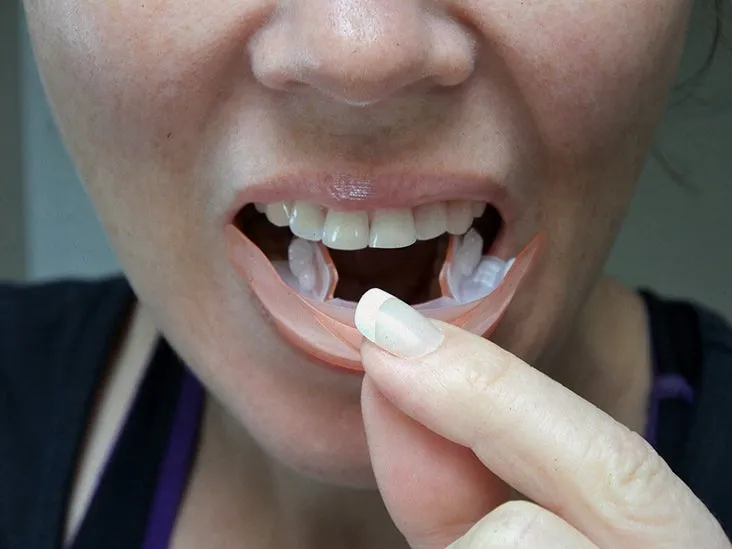Understanding Whitening Strips and Their Adhesive
Whitening strips have become a popular way to brighten smiles at home. These thin, flexible strips are coated with a hydrogen peroxide-based whitening agent. The effectiveness of these strips lies in their ability to adhere to the teeth, ensuring the whitening agent makes direct contact with the enamel. Understanding the adhesive properties of these strips is crucial to ensure a successful and comfortable removal process. The adhesive is designed to hold the strip securely in place for the duration of the treatment, allowing the active ingredients to work effectively on the teeth. Knowing what makes them stick is the first step to understanding how to take them off easily.
How Whitening Strips Work
Whitening strips are designed to adhere directly to the surface of your teeth, ensuring the whitening agent is in close contact with the enamel. This direct contact is key for the peroxide in the strips to break down stains and discoloration. They usually contain a concentration of hydrogen peroxide, which penetrates the enamel to lighten the underlying dentin, resulting in a brighter smile. The effectiveness of the strips depends on several factors, including the concentration of the active ingredient, the duration of application, and the individual’s oral hygiene. The adhesive used to secure the strip is designed to withstand the environment inside the mouth, including saliva and the movements of the tongue and lips, which is essential for maintaining consistent contact and achieving the desired whitening effect.
Adhesive Properties Why They Stick
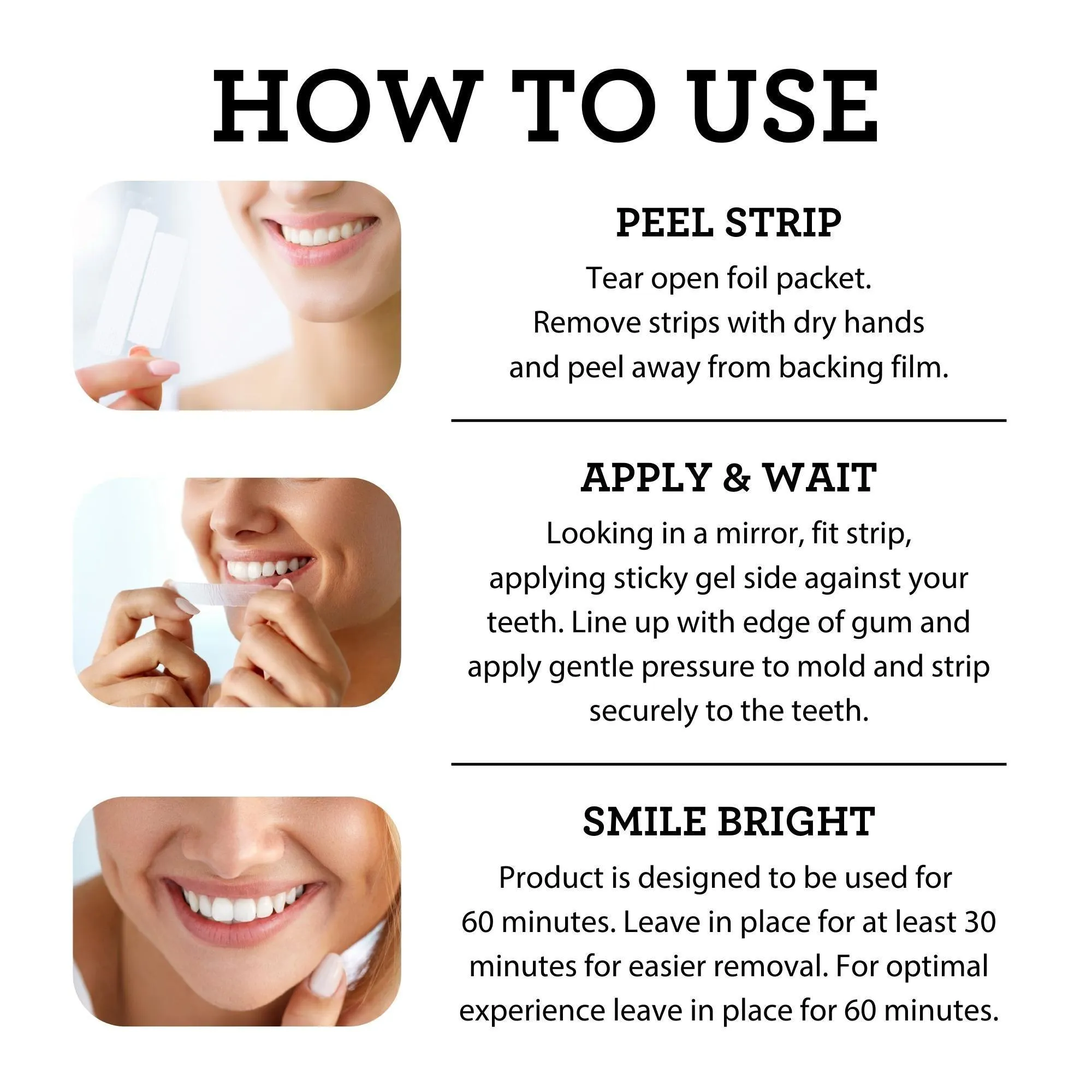
The adhesive on whitening strips is formulated to be strong enough to stay in place during the treatment but also safe for your enamel. It’s designed to create a bond between the strip and the tooth surface, allowing for the whitening agent to work effectively. The specific composition of the adhesive is a trade secret of each manufacturer. Typically, the adhesive is designed to be pressure-sensitive, meaning that it becomes more adhesive when pressure is applied. When the strip is correctly applied, it molds to the shape of each tooth, creating a tight seal. The adhesive is also designed to withstand the normal wear and tear of being in the mouth, including saliva and any minor movements of the tongue and lips. Understanding these properties helps you remove the strips without damage to your teeth or gums.
The Right Time to Remove Your Whitening Strips
Removing whitening strips at the right time is as important as the application itself. The duration of use is typically specified on the product packaging, usually ranging from 30 minutes to an hour. Adhering to the recommended time ensures the whitening agent has enough time to work effectively, without increasing the risk of sensitivity or gum irritation. Following the manufacturer’s instructions carefully will help you achieve the best results. The timing also depends on factors such as the concentration of hydrogen peroxide in the strips and the individual characteristics of your teeth. Setting a timer is a helpful way to keep track of the application time. Once the time is up, it’s important to remove the strips promptly to avoid any potential issues.
Timing Is Key
Sticking to the recommended usage time is crucial for the effectiveness and safety of whitening strips. The active ingredients need enough time to work on the teeth, but prolonged exposure can lead to increased sensitivity or even gum irritation. Using them longer than instructed won’t necessarily make your teeth whiter, it can increase the chance of side effects. Always check the packaging for specific instructions and follow them precisely. If you’re unsure about the timing, consult with a dentist or dental hygienist. They can provide personalized advice based on your oral health and the type of whitening strips you are using. Be punctual when setting the timer and stick to the recommended duration.
Signs You’re Ready to Remove
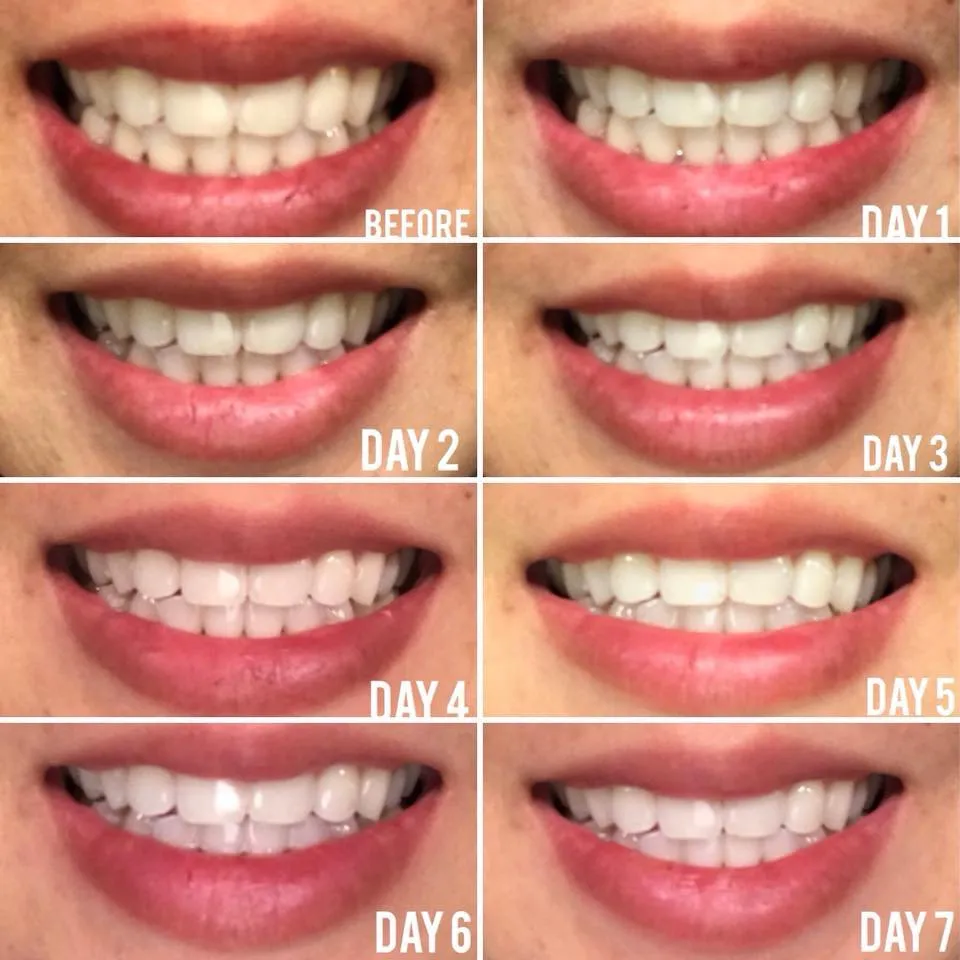
The easiest way to know when it’s time to remove the strips is by setting a timer. However, there are a couple of other things to look for. If you experience excessive discomfort or sensitivity during the application, it’s best to remove the strips immediately, regardless of the time. The strips may also begin to feel less adhesive or start to peel away from the teeth. This can be a sign that the whitening agent has been fully utilized. Moreover, some people notice a change in the taste or feel of the strips as the treatment progresses. Once the set time is up or if you have any issues, you should take them off. If any unusual sensations or changes occur, always remove the strips and check with your dentist.
Easy Steps to Take Whitening Strips Off
Removing whitening strips is generally a straightforward process, but doing it correctly can prevent any discomfort or damage. The goal is to loosen the strips gently and minimize any residue left behind. The following steps outline the most effective and painless methods for taking off your whitening strips. Taking your time and being gentle throughout the process is essential, protecting your teeth and gums. After the strips are removed, a quick rinse can help remove any lingering residue, and gentle brushing will ensure a clean and fresh mouth. Following these easy steps, you can ensure a comfortable and effective whitening experience.
Loosening the Strips Gently
Start by gently peeling the strips away from your teeth. Begin at the edges of the strips and slowly work your way towards the center. Avoid pulling or tugging, as this can cause discomfort or damage. If a strip feels particularly stubborn, you can try gently loosening it with your fingers. Using warm water can also help soften the adhesive and make removal easier. Ensure your fingers are clean and dry. Take your time, and don’t rush the process. The goal is to loosen the strips without causing any irritation. If you encounter any resistance, move to another area of the strip and try again. Patience and gentle handling are key to ensuring a positive experience.
Peeling from Edges

When removing whitening strips, always start from the edges. The edges are typically where the adhesive is least secure, making it easier to lift them gently. Use your fingers to carefully peel back a small section of the strip from the edge of each tooth. Once you have a small section lifted, slowly peel the strip away from the rest of the tooth. Avoid pulling or tugging the strip abruptly, as this can cause discomfort or even damage to your gums. If the strip is difficult to remove from the edge, try applying a little warm water to soften the adhesive. Work your way slowly around each tooth, peeling the strip from the edges. This methodical approach helps to minimize the chance of any residue and makes the removal process as smooth as possible.
Techniques for Stubborn Residue
Sometimes, despite your best efforts, a bit of the adhesive or whitening agent can remain on your teeth. Don’t worry, there are several methods to deal with this stubborn residue without harming your teeth. Using warm water is a gentle yet effective way to soften and remove any remaining adhesive. Gently rinsing your mouth with warm water can help dissolve the residue. Another helpful technique is to use a soft-bristle toothbrush. Gently brush your teeth, focusing on areas where the residue is present. The soft bristles will help remove the residue without being abrasive to your enamel. If the residue persists, you can combine these techniques. Remember to be gentle and patient, as rushing the process can cause unnecessary irritation. By using these methods, you can ensure a clean and comfortable finish to your whitening strip treatment.
Using Warm Water
Warm water is one of the simplest and most effective methods for removing whitening strip residue. The warmth helps to soften the adhesive, making it easier to remove from the teeth. After removing the strips, rinse your mouth thoroughly with warm water, swishing the water around to reach all areas of your teeth. You may need to repeat this process a couple of times to fully remove all residue. Make sure the water isn’t too hot, as this could be uncomfortable. Ensure that the water is warm to the touch. This gentle method is suitable for all teeth and gums, causing no irritation.
Soft Bristle Toothbrush

A soft-bristle toothbrush is an excellent tool for removing any remaining whitening strip residue. The soft bristles are gentle enough to not damage your enamel, while still being effective at scrubbing away the residue. After rinsing with warm water, apply a small amount of toothpaste to your toothbrush. Gently brush your teeth, paying special attention to the areas where the residue is present. Use small, circular motions and avoid applying too much pressure. This technique allows the toothpaste and the soft bristles to gently dislodge and remove the adhesive residue without causing any harm to your teeth. Rinse your mouth thoroughly with water afterward to remove any remaining toothpaste and residue. Ensure to rinse the toothbrush thoroughly after use, and let it dry completely.
Avoid Harsh Methods
When removing whitening strips, it is crucial to avoid harsh methods that could potentially damage your teeth or gums. The goal is to gently loosen the strips without causing irritation. The use of sharp objects, such as tweezers or fingernails, to scrape off the adhesive is highly discouraged, as it could scratch the enamel or harm your gums. Also, avoid using abrasive substances like baking soda or strong chemicals. These can erode the enamel and cause sensitivity. Instead, opt for gentle techniques. Remember to be patient and take your time. If the residue is particularly stubborn, consult with a dentist or dental hygienist. They can offer professional advice and may use specialized tools to remove the residue safely without damaging your teeth or gums. Your dental health is the priority.
What Not To Do
It’s important to know what not to do when removing whitening strips to avoid any complications. Never use sharp objects, like tweezers or your nails, to try and scrape off the strips. This can lead to scratches on your enamel or cause gum damage. Avoid using excessive force when pulling the strips, as this could also harm your gums or teeth. Do not use abrasive materials, such as baking soda or strong cleaning products, to remove residue, as they can damage the enamel. Furthermore, avoid using whitening strips on damaged teeth or teeth with cavities without consulting with your dentist. Make sure to always read and follow the manufacturer’s instructions to avoid any mistakes. If you are in doubt, always consult your dentist.
Protecting Your Teeth and Gums
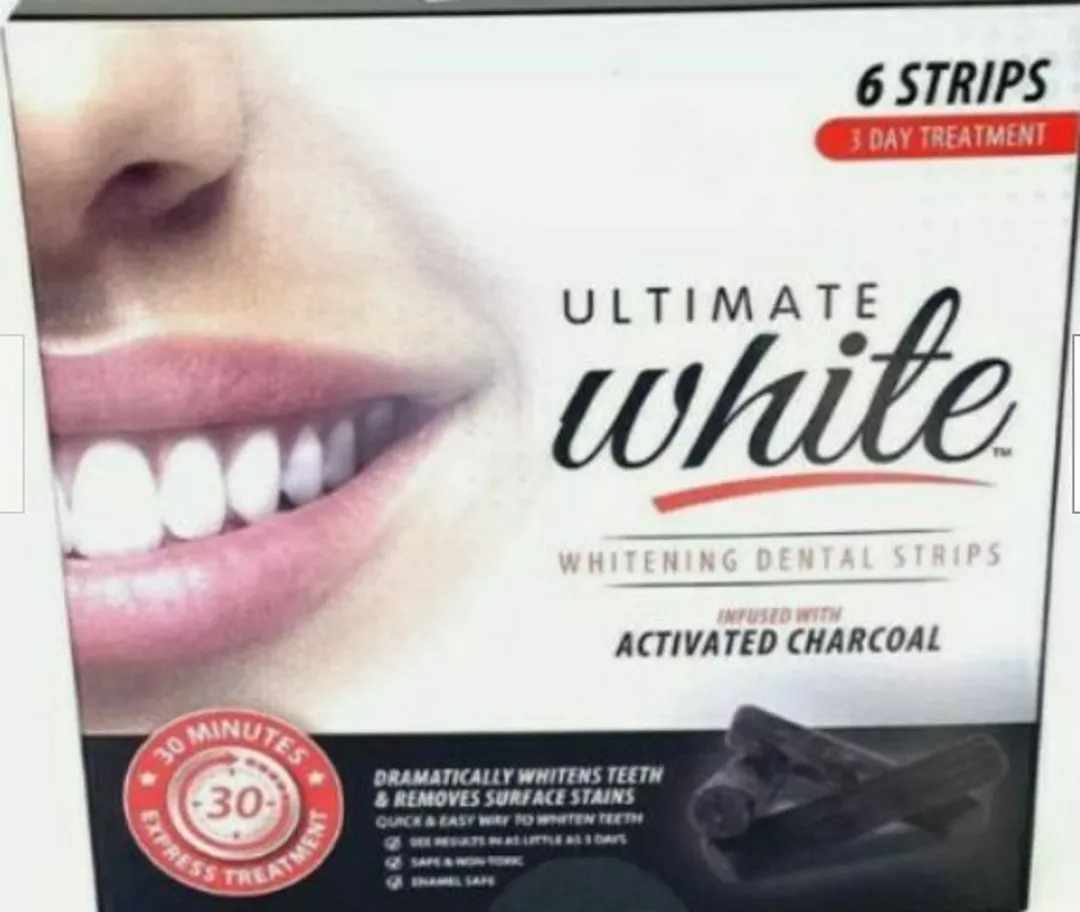
Protecting your teeth and gums should be a top priority throughout the whitening strip process. Proper care helps to minimize potential side effects such as tooth sensitivity or gum irritation. When applying the strips, avoid contact with your gums as much as possible. The whitening agents can be harsh on the soft tissues of your gums. Also, avoid brushing your teeth immediately before applying the strips, as this can increase sensitivity. During the removal process, be gentle and avoid pulling or tugging. After removal, rinsing your mouth with warm water can help remove any remaining residue and soothe your gums. If you experience any sensitivity or irritation, consult with your dentist. They can provide advice on how to manage symptoms and ensure your continued oral health.
Post-Removal Care
Once you’ve removed the whitening strips, there are a few steps you can take to ensure your teeth remain healthy and that the whitening treatment is effective. Rinse your mouth thoroughly with warm water to remove any lingering residue. Avoid consuming highly acidic foods or beverages, such as citrus fruits, coffee, and sodas, immediately after treatment, as they can increase sensitivity. If you experience sensitivity, consider using a toothpaste designed for sensitive teeth. Continue with your regular oral hygiene routine, including brushing twice a day and flossing daily. Maintain regular dental check-ups. Remember, the goal is to preserve your brighter smile and maintain good oral health. With proper post-removal care, you can enjoy the results of your whitening treatment for longer.
Common Problems and Solutions
Even when you follow all the instructions, problems can sometimes arise. However, knowing how to address these issues can help maintain your comfort and ensure the treatment is effective. Two common issues are when the strip won’t come off and teeth sensitivity after removal. Understanding the causes of these problems and how to solve them will help you feel prepared. If a strip is difficult to remove, don’t panic. There are several methods you can try to loosen it without causing any harm. Similarly, tooth sensitivity is a common side effect of whitening. By understanding the problem and knowing the solutions, you can handle any difficulties confidently.
Strip Doesn’t Come Off
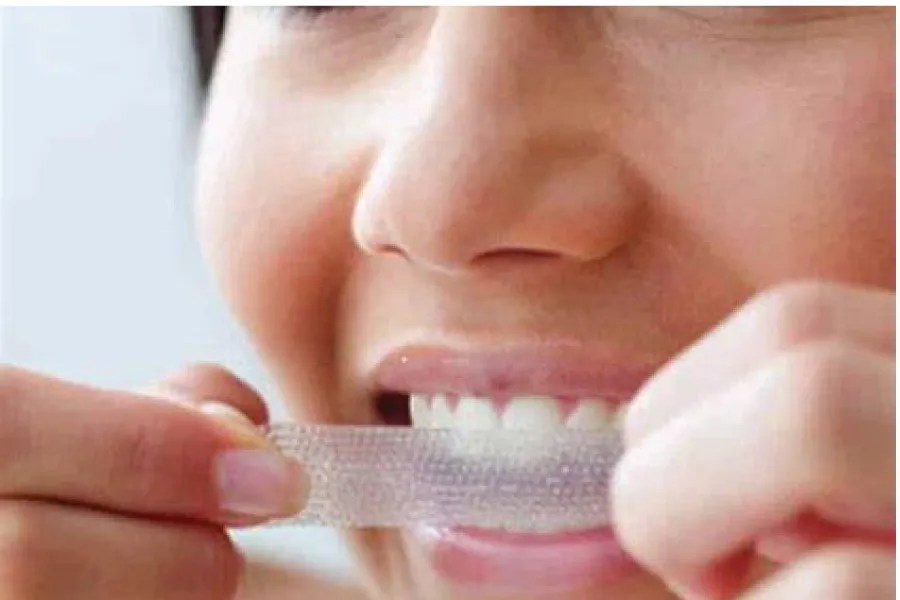
If a whitening strip gets stuck, the first step is to remain calm and avoid pulling or tugging forcefully. This could cause discomfort or damage. Start by gently trying to loosen the edges of the strip with your fingers. Use warm water to soften the adhesive. Apply warm water around the edges of the strip and wait a few moments for the water to do its job. If this doesn’t work, you can try using a soft-bristle toothbrush to gently scrub around the edges of the strip, which can help to dislodge it. If the strip is still stuck, consider contacting your dentist. They have specialized tools and techniques to remove the strip without causing any damage. Remember to be gentle and avoid using any sharp objects or abrasive materials.
Sensitivity After Removal
Tooth sensitivity after using whitening strips is a common side effect. This usually happens because the whitening agent can make your teeth temporarily more porous, which increases the sensitivity. To manage this sensitivity, avoid very hot or cold foods and drinks. You can also use toothpaste designed for sensitive teeth, as it contains ingredients that help to block the tubules in your teeth and reduce sensitivity. Rinse your mouth with fluoride mouthwash can help remineralize your enamel and strengthen your teeth. If the sensitivity is severe or persistent, consult your dentist. They may recommend other treatments or adjustments to your whitening routine. Remember, this is usually temporary. With proper care, your teeth should return to normal.
Maintaining Your Smile After Whitening
After successfully removing your whitening strips and achieving a brighter smile, it’s important to maintain the results. The goal is to keep your teeth looking their best for as long as possible. The key is a consistent oral hygiene routine and making some lifestyle adjustments. Brushing your teeth twice a day and flossing daily is essential. Avoid or limit the consumption of foods and drinks that stain teeth. Coffee, tea, red wine, and dark-colored berries are major culprits. Also, regular dental check-ups and cleanings are crucial for maintaining both the health of your teeth and the brightness of your smile. By making these habits a part of your daily routine, you can extend the life of your whitening results and enjoy your brighter smile for longer.
Long-Term Care Tips
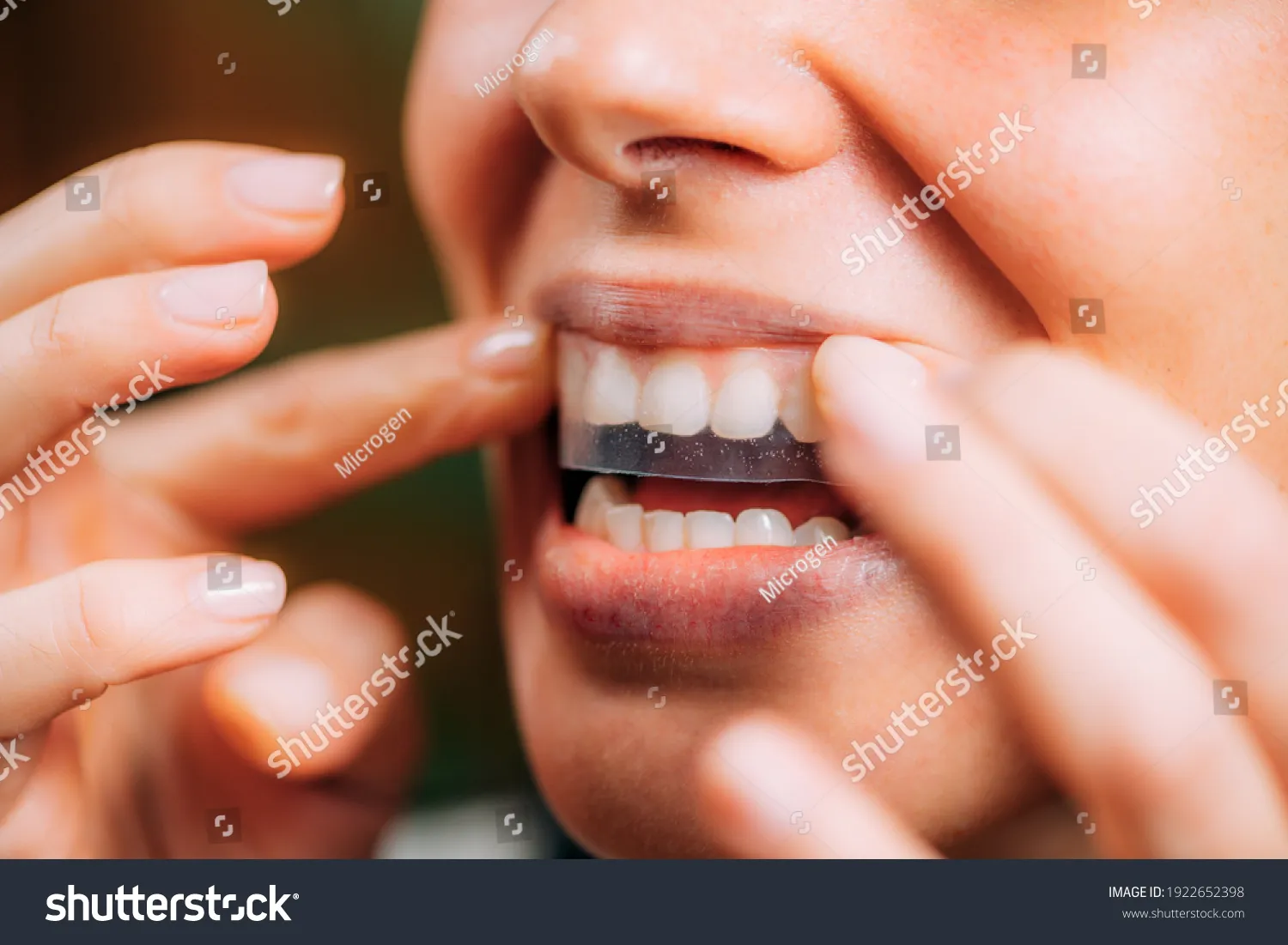
To ensure long-term success after using whitening strips, there are several key strategies to implement. First, maintain a strict oral hygiene routine. Brush your teeth twice a day and floss daily to remove plaque and surface stains. Second, watch your diet. Limit your intake of teeth-staining foods and beverages. Coffee, tea, red wine, and dark berries are some of the major culprits. Use a straw for drinks that tend to stain, minimizing contact with your teeth. Additionally, consider using a whitening toothpaste or mouthwash to help remove any new stains. Schedule regular dental check-ups and cleanings, as your dentist can professionally clean your teeth and assess their overall health. Consider touch-up whitening treatments as needed. Following these tips will help you keep your smile bright and healthy.
